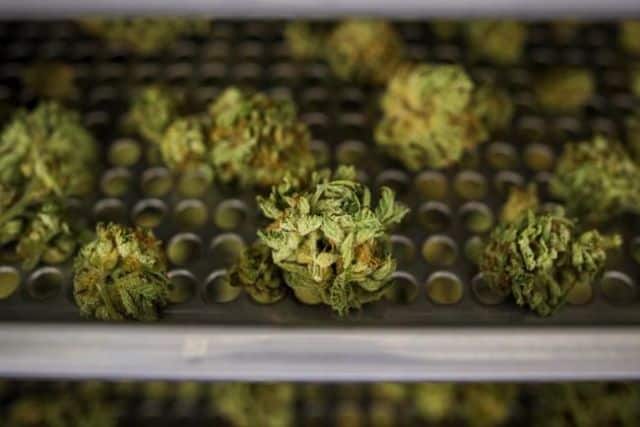
Canada could reach an oversupply of legal pot as soon as the end of this year, depending on how the rollout of edibles and other next-generation products impacts supply, a U.S. cannabis research analyst says.
BDS Analytics’ managing director and principal analyst Tom Adams given the pattern in other markets, as well as the ability of Canada’s well-funded licensed producers to beef up capacity, “everything points to a real rapid end.”
“The point of balance will last about 10 seconds… and then we’ll be on to the competitive battle that consumers can look forward to, of course, because that means lower prices,” he said in an interview.
Adams’ comments come as the Colorado-based firm releases its latest research report, in which it forecasts legal recreational and medical cannabis spending in Canada to grow from US$570 million in 2018 to roughly US$5.2 billion by 2024.
BDS had previously downsized its projections from its earlier forecast of US$5.9 billion in pot spending in Canada by 2022, amid supply chain shortages and regulatory bottlenecks.
Cannabis legalization in Canada last October was met with high consumer demand as well as supply shortages which prompted some provinces to cap the number of retail licences or limit store hours.
The supply situation has improved in recent months, enough for Alberta to lift its moratorium on new retail licences and Quebec to shift towards more regular cannabis store operating hours.
But last week, the federal government announced that regulation for the second wave of cannabis products, such as edibles and topicals, would come into force on Oct. 17.
Given that federal licence holders, once the law takes effect, must give 60 days notice to Health Canada of their intent to sell the new products, the earliest they could hit the shelves would be mid-December.
Industry watchers and players have said they forsee the full rollout of these next-generation products to come in 2020.
The timing of the cannabis edibles market coming online in Canada has already been baked into their forecasts, Adams said.
While the introduction of these new cannabis products could put pressure on Canada’s pot supply, it only represents a “minority” of the market, he said.
“It’s not likely to create a demand bump that would put flower supplies in jeopardy again,” Adams said.
The latest figures from Health Canada showed that as of March 31, while monthly sales of dried cannabis amounted to 7,627 kilograms, there was 30,802 kilograms of finished inventory and 143,773 kilograms of unfinished inventory in the system.
Adams said he expected competitive pressure to rise and prices of cannabis to start coming down “for sure, by the first half of next year.
“But it may well happen before edibles even kick in… There’s plenty of capacity and plenty of financing for more capacity to be added, and that inevitably will lead to a moment of supply balance then overabundance,” he said.
Meanwhile, BMO Capital Markets analysts Tamy Chen and Peter Sklar on Wednesday warned that some “unfinished inventory”, defined as cannabis that is not packaged, labelled or ready for sale, may not be deemed as “not competitive” for sale on the market, based on discussions with licensed producers.


